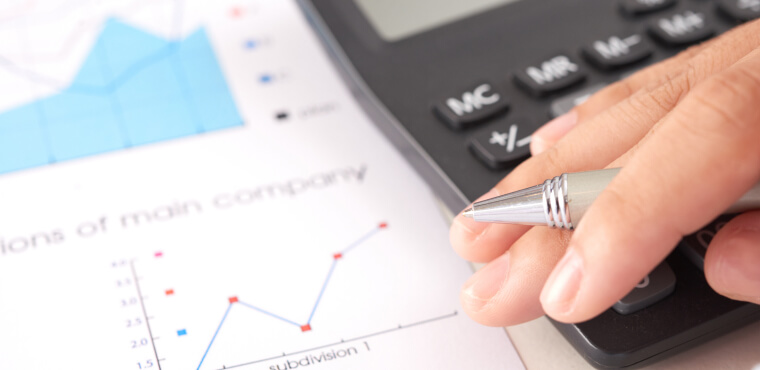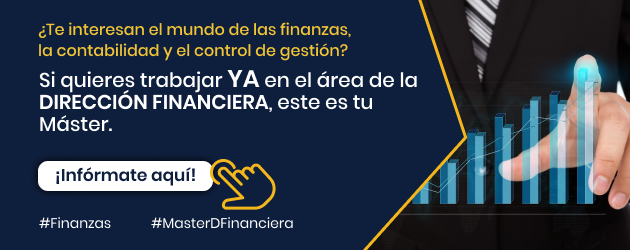The balance sheet is also known as the accounting balance sheet or general balance sheet. This should give us some clue as to the nature of the use of this balance sheet in the financial analysis of the company. And the balance sheet is a general photograph of the company's financial situation. In this blog we will help you understand and interpret the balance sheet.
Description
Before we can analyze and interpret the balance sheet we must know its structure. The accounting balance sheet shows us the assets, liabilities and net worth of the company at the time we analyze.
The assets of the company, that is, the assets that the company has to carry out its activity, must be equal to the sum of the equity and liabilities. This way we ensure that we analyze where the company's financing comes from. Every asset is linked to a liability and every liability must be invested in the form of an asset.
Different sections appear in the balance sheet that contain different company elements:
- Estate: Both tangible (the premises, the furniture, the delivery truck, etc.) and intangible (brands, patent registrations, plugins or computer applications, etc.)
- Rights: This is everything the company has that can be translated into money. Examples of this are what we can rent or invoices pending collection.
- Obligations: The payment debts that the company has.
How to interpret the balance sheet
If you want to be a professional in company accounting, you will have to know what are the key aspects to analyze in this balance sheet. In our Master of Financial Management You will learn to analyze in detail each company's accounting data.
- Treasury = (Achievable+Available)/Current liabilities. We measure assets in the form of debts that are realizable in the short term and money available in relation to the company's payment debts.
- Liquidity = Current assets/Current liabilities. The relationship between the current liabilities and assets of the company expresses the short-term movement of the company and is one of the most important ratios when analyzing the balance sheet. A result above 1 tells us that the company has sufficient assets to meet its short-term payment obligations. Of course, a very high number would also warn us of a number of significant assets that are not contributing to the company. This number has the same purpose as the treasury number, however, it is more general by including inventories.
- Solvency = Total assets/Total liabilities. It is another of the main ratios and measures the company's ability to meet all its obligations. The interpretation of the ratio may vary depending on different factors. However, a number greater than the liquidity is allowed.
- Financial autonomy = Net worth/Total liabilities. Relating equity to total liabilities we obtain data that tells us about the independence of the company and the decision-making capacity of its creditors.
- Debt level = Liabilities/(Equity+liabilities). We are interested in this ratio being close to half. A very low or very high number tells us about an amount of third-party financing that is too high or low.
- Debt quality = Current liabilities/total liabilities. This ratio tells us about the amount of short-term debt we have and how much of it is long-term debt. The lower the number, the easier it will be to assume the company's debt.
Do you want to specialize in Financial Management?
In it Master of Financial Management of the EIP International Business School You will learn how to carry out this exercise and all those that are carried out in the company environment.
The Master in Financial Management will train you to meet the accounting, tax and commercial obligations to which all companies and professionals are subject that carry out their activity within the Spanish national territory.





































2 thoughts on “Cómo interpretar el balance de situación”